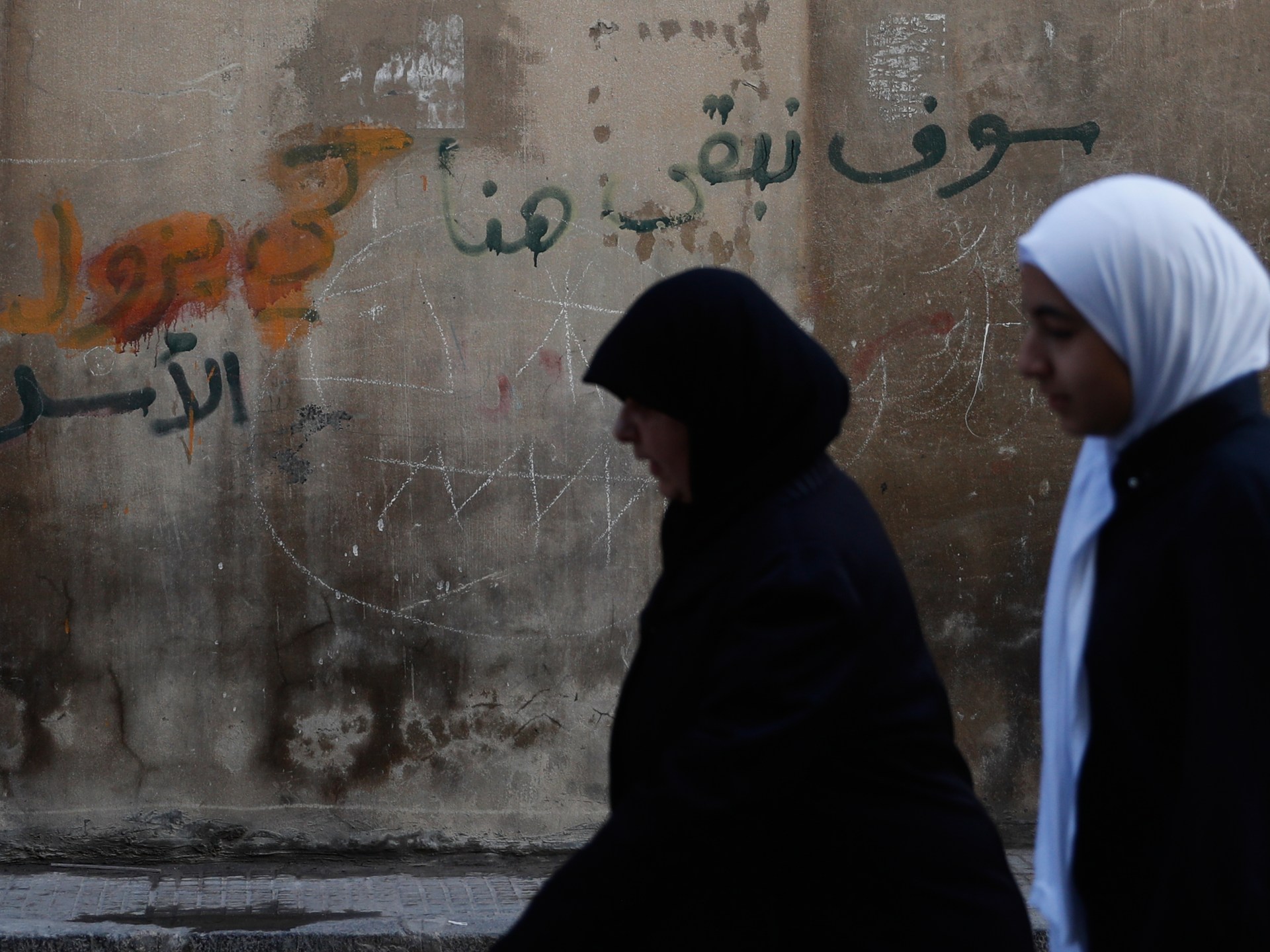Published On 24 Nov 2025
According to the state-run SANA news agency, officials initially placed the restrictions on Sunday night, but they continued until Monday night as security forces attempted to stabilize the situation.
Recommended Stories
list of 3 itemsend of list
A number of districts are covered by the curfew, including predominantly Alawite and nearby mixed and Sunni-majority areas. The measure, according to the Interior Ministry, was intended to “preserve their safety” while operations continued.
A married couple from a well-known Bedouin tribe was found dead in their home south of Homs, sparking the violence.
The Interior Ministry claimed on Monday that there was no evidence linking the killings to a sectarian motive, despite SANA reporting that sectarian slogans were left on the scene.
Nour al-Din al-Baba, a spokesperson for the Interior Ministry, said in a statement that the markings found at the residence were likely intended to “mislead investigators and stoke hostility.”
According to the Syrian Observatory for Human Rights, the killings led to retaliatory attacks by armed Bani Khalid tribe members who moved through predominantly Alawite and mixed neighbourhoods.
The men reportedly fired into the air and torched homes and vehicles. Residents described widespread fear as unrest spread, despite no deaths being reported.
Security forces quickly moved into nearby Zaidal and Homs. Initial remarks from Major General Murhaf al-Naasan, who oversees provincial internal security, on Sunday suggested that the couple’s killing “appears to have the intention of fostering sectarian divisions and undermining stability in the region.”
However, Colonel Bilal al-Aswad, the head of Homs police, later downplayed any sectarian motivations.
According to Interior Ministry spokesman al-Baba, 120 people suspected of being involved in violence were detained on Monday. Details for additional information were not immediately made available.
The incident marks the most recent setback for Syrian President Ahmed al-Sharaa’s interim government, which gained power in December 2024 after a rebel offensive ended Bashar al-Assad’s rule.
Homs has a history as a sectarian flashpoint, a region known for its diverse population.
It was one of the first areas of anti-government demonstrations to take place during the uprising against al-Assad, whose Alawite background has influenced the city’s political and social fabric for more than ten years.
Source: Aljazeera

Leave a Reply